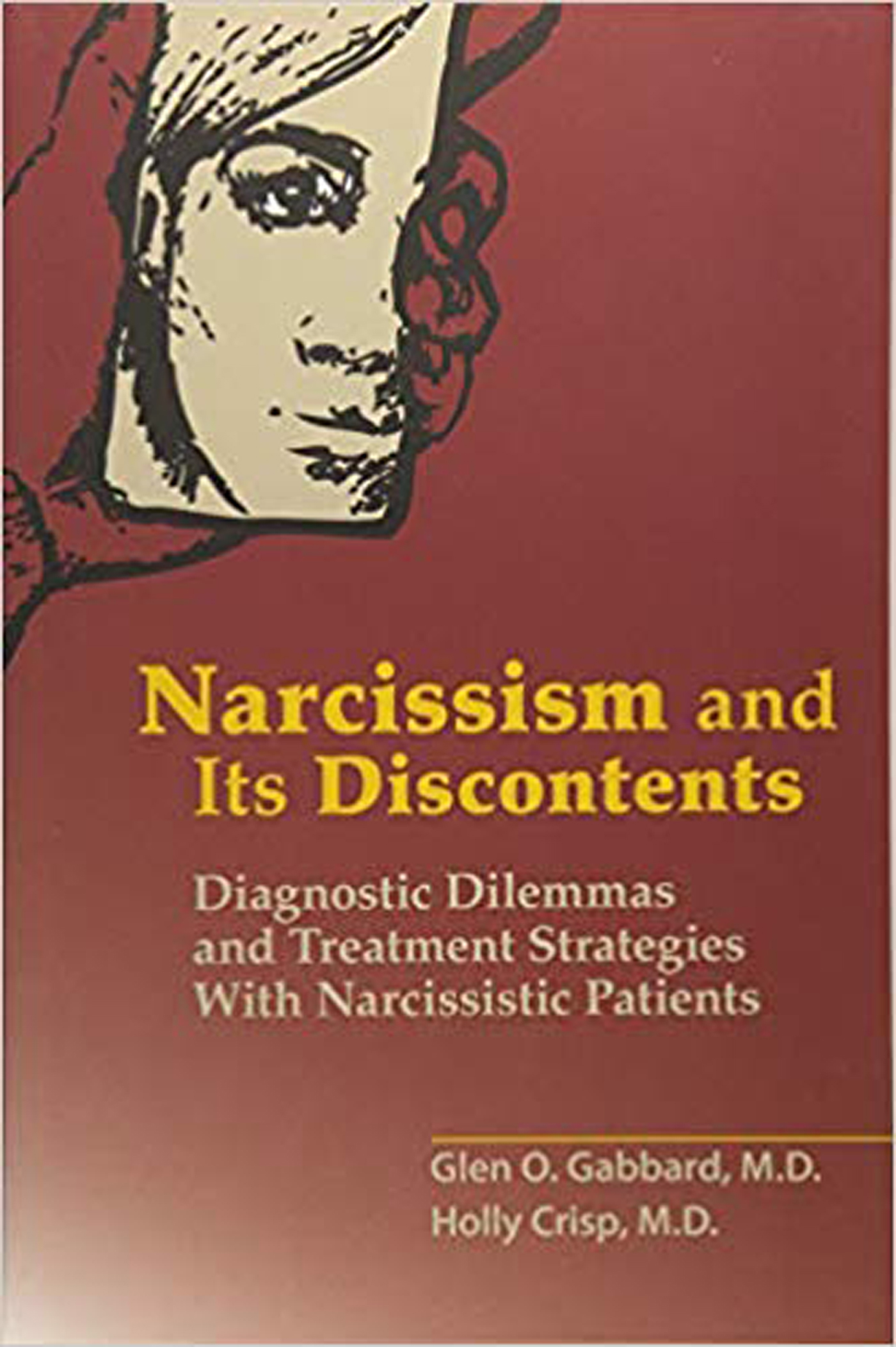
This slim volume is rich in therapeutic insights into a complex psychological problem. Both authors are experienced psychotherapists who write clearly and compassionately about the theory and clinical presentation of narcissistic psychopathology. They describe the continuum from relatively benign narcissistic dysfunctions that may be quite common in therapy seekers, to the malignant/antisocial narcissistic personality disorder that will probably only be seen by forensic practitioners. They also helpfully subdivide narcissistic problems into (a) grandiose (b), fragile and hypersensitive and (c) the high-functioning narcissist who may only seek therapy after a kind of crisis.
I enjoyed reading this book which is full of useful clinical advice about therapeutic strategies with difficult people; not just people with narcissistic problems but also those with a range of complex personality pathologies. I especially liked the clinical vignettes, which address not only the patient's experience, but how the therapist's own response to such patients can be problematic. The book beautifully articulates how troubling narcissistic ‘symptoms’ can be defensive strategies against intense feelings of shame, helplessness and fear of dependence on others. Such symptoms include controlling language or behaviour and intense competitiveness which may often also involve a kind of overt contempt. Gabbard and Crisp-Han make it easy to see why ‘narcissistic’ has become a highly pejorative term, and how no one wants to get the diagnostic label of narcissistic personality disorder.
The book ends somewhat abruptly without a conclusion, which I thought was a pity. I would have liked to have heard more from these authors about the relevance of narcissistic dysfunction in relation to other problems in the experience of the self; for example, people who somatise or have other sorts of dysfunctional bodily experiences. Finally, I would have welcomed the musings of these particular experts on the connections between individual narcissism and social structures that emphasise individual rights and an emphasis on competition as well as the effect on high-functioning narcissism in the workplace, especially in business and politics.





eLetters
No eLetters have been published for this article.